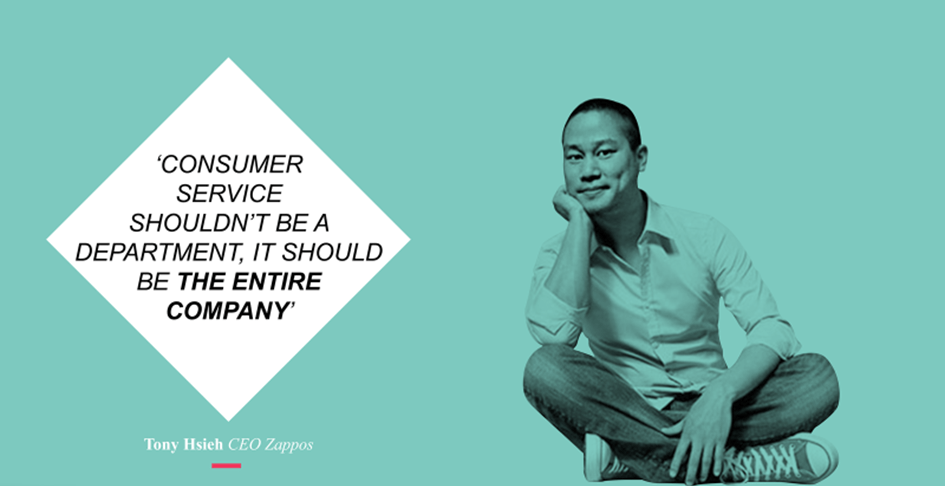Why insights should be(come) your company language
As consumer insights professionals (aka insight leaders) we have the sometimes-arduous task of providing provocation and inspiration to our business stakeholders. Powerful consumer or end-user insights can be the key currency here – yet how often do we actually involve our stakeholders in this process? Why do we assume that insighting can only be the responsibility of insight managers?
Plenty of wisdom from Tony Hsieh… and Zappos is reaping the benefits of a fantastic customer service culture, but why can’t we extend this to the process of crafting and writing insights?

Together we are stronger
The benefits of creating and writing insights with your stakeholders are numerous:
- Avoid the not-invented-here syndrome – It’s human nature to distrust something you haven’t had a hand in creating yourself. A common example is the hand-over of a consumer insight as part of an innovation brief to then be asked where the insight came from.
- Give it a more positive spin – Research shows that if you are able to come to a conclusion about something by playing with or supplying the data yourself, you are more likely to internalize it. By letting people outside the research function feel part of the insight creation process, you build a sense of co-ownership which also boosts buy-in for generated insights.
- Expand your insighting gaze – Any employee is capable of observing something profound in their business or personal life that could be the starting point of a powerful consumer or end-user insight. We believe all employees can contribute to the insighting process by observing and ‘feeling’ consumer behavior, at work, out & about, wherever. The problem – companies generally lack a structured way of collecting, publicizing and activating these inputs.
- Create buy-in for the insighting process – Collaboration shows how difficult it is to actually synthesize and write a high-quality insight. Poor-quality insight formulation and articulation is an industry pain point and can lead to inferior product development and communication campaigns when we take short cuts.
What to do about it?
- Workshop it – Consider writing or fine-tuning your insights in a workshop setting and involve multiple stakeholders from different disciplines. Of course, it’s still important to have your Insight Leader as the gatekeeper and final quality responsible, but there is no reason why you can’t involve multiple people in getting there.
- Have a system for supporting, collecting and sharing employee observations – Plenty of great digital platforms out there, or facilitate through a simple social media solution (Pinterest, Instagram, Facebook etc.). Our own Insight Activation Studio is a case in point.
- Train your organization on a common language around insights – Let them see the power of a great, well-researched and articulated consumer insight and its ability to drive consumer change and business growth!
The ultimate goal is to break the silos in companies, with insights becoming the common language people use to work together. Empowerment means everyone should be able to put in their own insight observations, not just a few.
Meet our Consumer Centricity Academy
Several of the modules in our new Consumer Centricity Academy discuss the theme of creating a customer-insight-led culture in your business, which is continuous and exists outside of market research functions. In Module 3: Getting to Great Insights, we also run a series of practical insight writing exercises going from observational data through to finished insights which can be followed by CMI and non-CMI audiences alike.
Our Consumer Centricity Academy is a scalable, blended (online & offline) and modular training program to teach you the ins & outs of insights. Why do we need to be relevant and insight-led? What’s an insight? How do we find and write the great ones? How do we create real impact by turning these golden insights into action?
Want to become more customer-led and improve the competence level of insights in your organization? Let’s connect!




